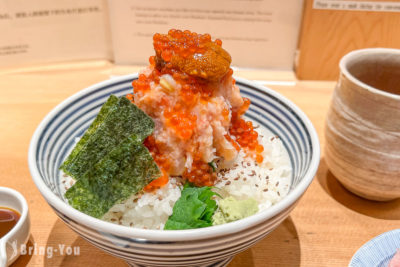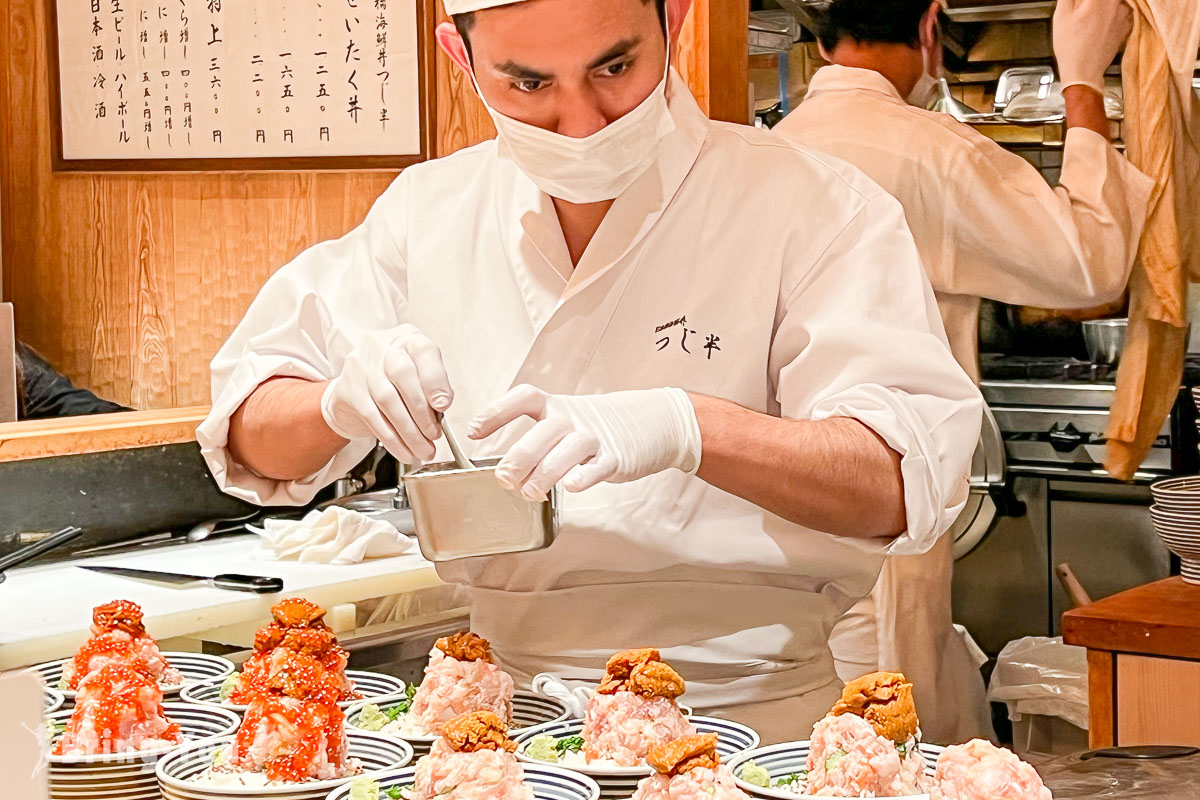
The famous seafood rice bowl restaurant “Tsujihan” in Nihonbashi, Tokyo, is ranked number one in Tokyo. The queue usually starts at 1.5 hours, but you can enjoy a variety of seafood ingredients such as tuna, tuna bone meat, squid, Argentine angel shrimp, salmon roe, herring roe, sea snail, black sea bream, cod crab meat, sea urchin, etc. in the seafood rice bowl, which is super rich, and the price is only 1,250 yen in the post-epidemic era, which is super cost-effective. When you are halfway through the meal, you can also combine it with the Kyoto-style “Tai Chazuke Gozen” method, pour fresh fish broth on top, and turn it into a refreshing soup rice dish.
Ultimate Tokyo Food Guide: 20 Best Japanese Foods to Try in Tokyo
How to Get to Tsujihan Nihonbashi Main Branch?
- Address: 3-1-15 Nihonbashi, Chuo-ku, Tokyo
- Business hours: 11:00-21:00
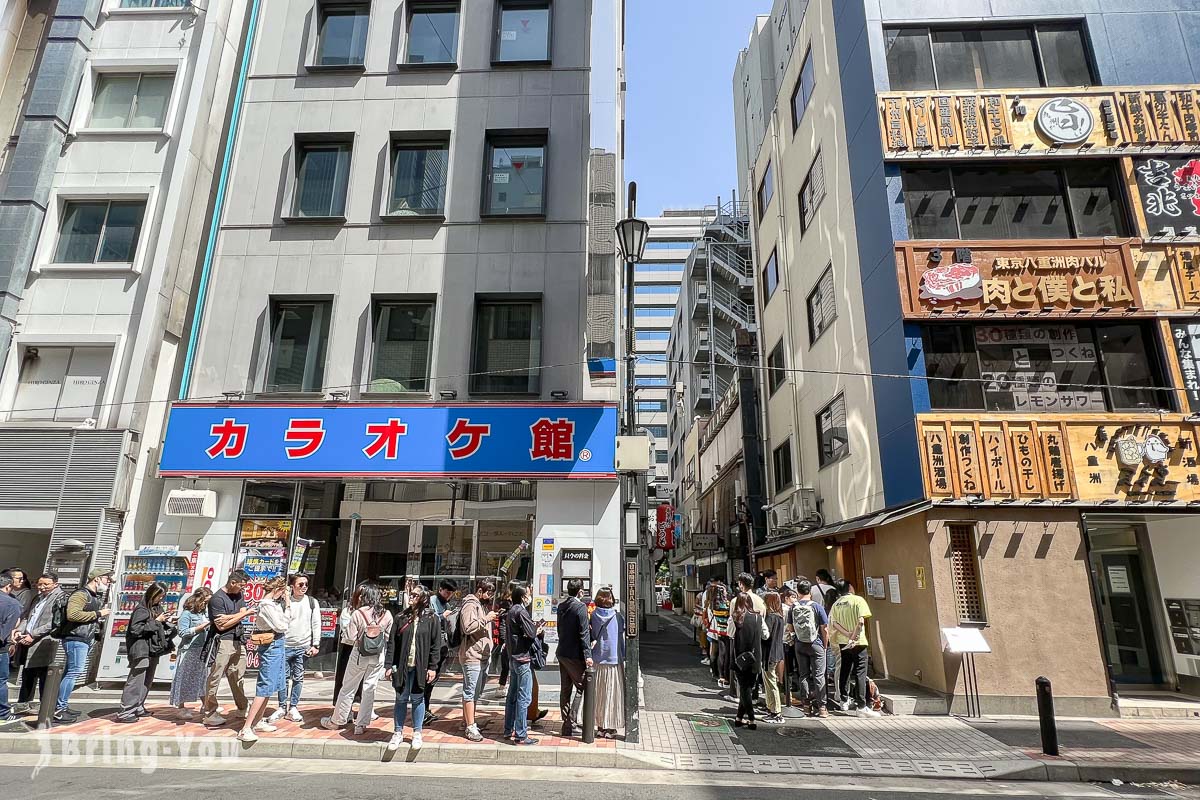
Tsujihan has Japan Bridge Main Store, Kagurazaka Store, and Tokyo Midtown Store near Roppongi in Tokyo. However, for tourists, the most convenient one is the “Japan Bridge Main Store”, which can be directly accessed by taking the (Tokyo Metro) from the “Nihonbashi Station” B5 exit and walking for one minute.
Enjoy a full meal and have a great time shopping at Takashimaya: [Complete Guide to Tokyo Nihonbashi Attractions] Recommended Restaurants, Takashimaya Shopping, and Pokemon Flagship Store
Popular Ramen Shop Owner Crosses Over to Seafood Rice Bowl
“Tsujihan” is a seafood bowl specialty store opened by Mr. Yudai Tsujita, the president of the famous Tokyo dipping noodle shop “Mentoku Second Generation Tsujita”. Mr. Tsujita won the championship in the ramen chef player competition on the well-known TV program “TV Champion”, which proves that his cooking skills are absolutely not to be underestimated!
Mr. Yudai Tsujita, who opened the “Men-Toku Second Generation Tsujita” ramen shop in Tokyo, has three branches that are deeply loved by Tokyoites and always have long lines. However, Mr. Tsujita decided to cross over and open a seafood bowl specialty shop. The reason is that when he was a child, he tasted a bowl of delicious seafood bowl that he could never forget. The exquisite taste deeply touched his heart. In order to convey this feeling to everyone, Mr. Tsujita invited his childhood friend, Mr. Shinya Kaneko, the president of the famous tempura restaurant “Kaneko Hananosuke,” to jointly establish this seafood bowl specialty shop “Tsujihan” in 2012. This is the process of the birth of “Tsujihan”.
Tips for Queuing in the Post-Pandemic Era
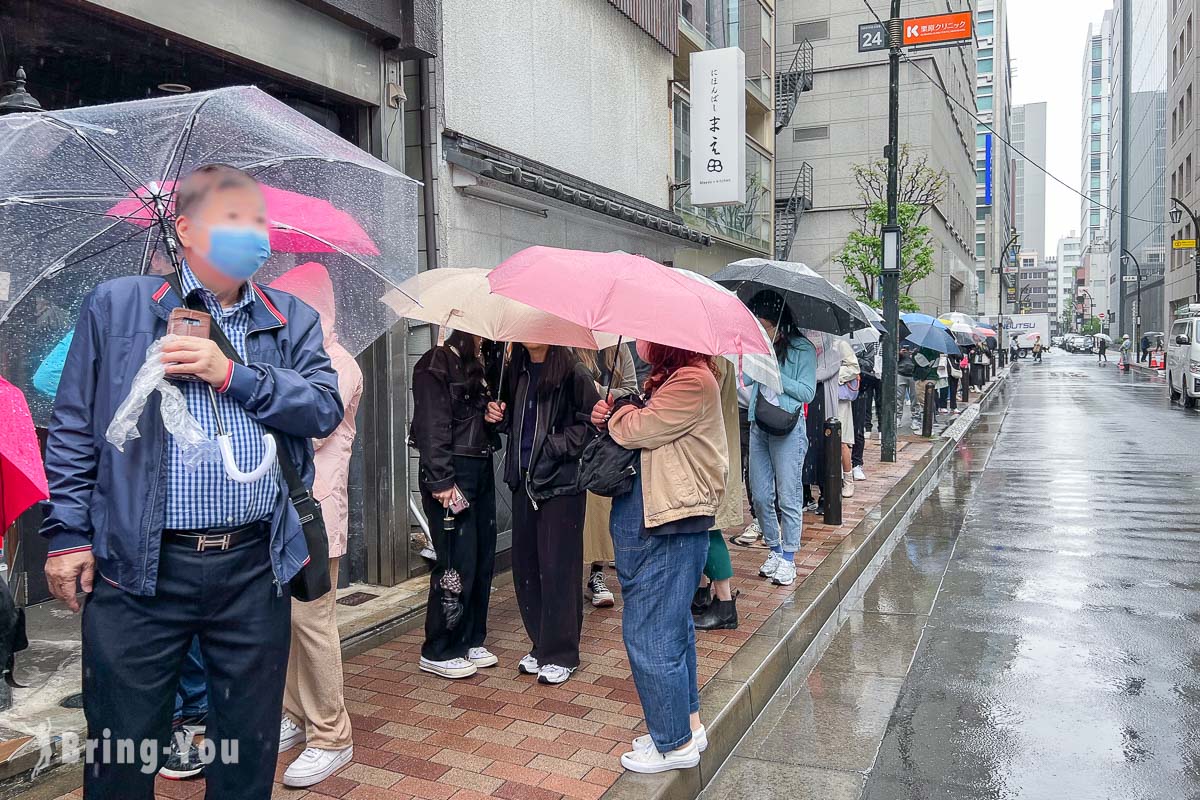
“Tsujihan” cannot be reserved, but many of the queue information on the internet is actually outdated. In the post-epidemic era, “Tsujihan” is extremely popular, even more difficult to queue than the 5 Michelin-starred restaurants I ate at in Ginza. Michelin only sells a limited number of meals per day and will post a sold-out sign when the time is up, and at most, they will only let you queue for 2 hours. However, when I first came to “Tsujihan” on a weekday morning at 10:30, the staff said I had to wait for 4 hours, so I immediately turned around and left! The second time I came to queue was on a weekend at 9:40, and I was lucky enough to be the last two people in the first round (11th and 12th). So basically, the minimum waiting time is at least 90 minutes.
Menu
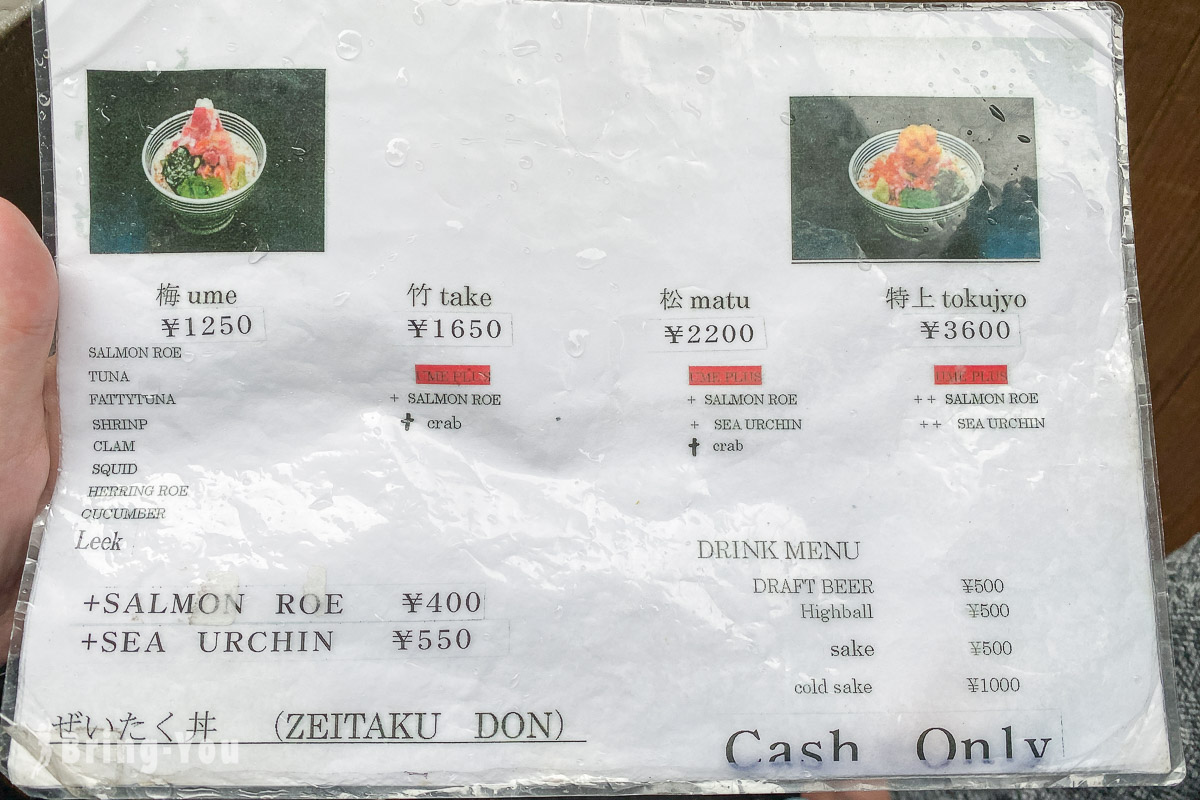
30 minutes before opening, the staff will come out to greet and ensure orderly queuing. They will hand out menus and take your order before entering. The menu is available in Japanese and English, and there are only four options for dishes (listed below). However, you can ask the staff to add more salmon or sea urchin if you want.
- Plum: Tuna, meat between tuna bones, squid, Argentinean red shrimp, salmon roe, herring roe, sea snail, black sea pine, chives
- Bamboo: Add “Cod Crab” to the “Plum” set
- Pine: Add “Increased Salmon Roe”, “Cod Crab”, and “Sea Urchin” to the “Plum” set
- Special: Add “Increased Salmon Roe” and “Increased Sea Urchin” to the “Plum” set
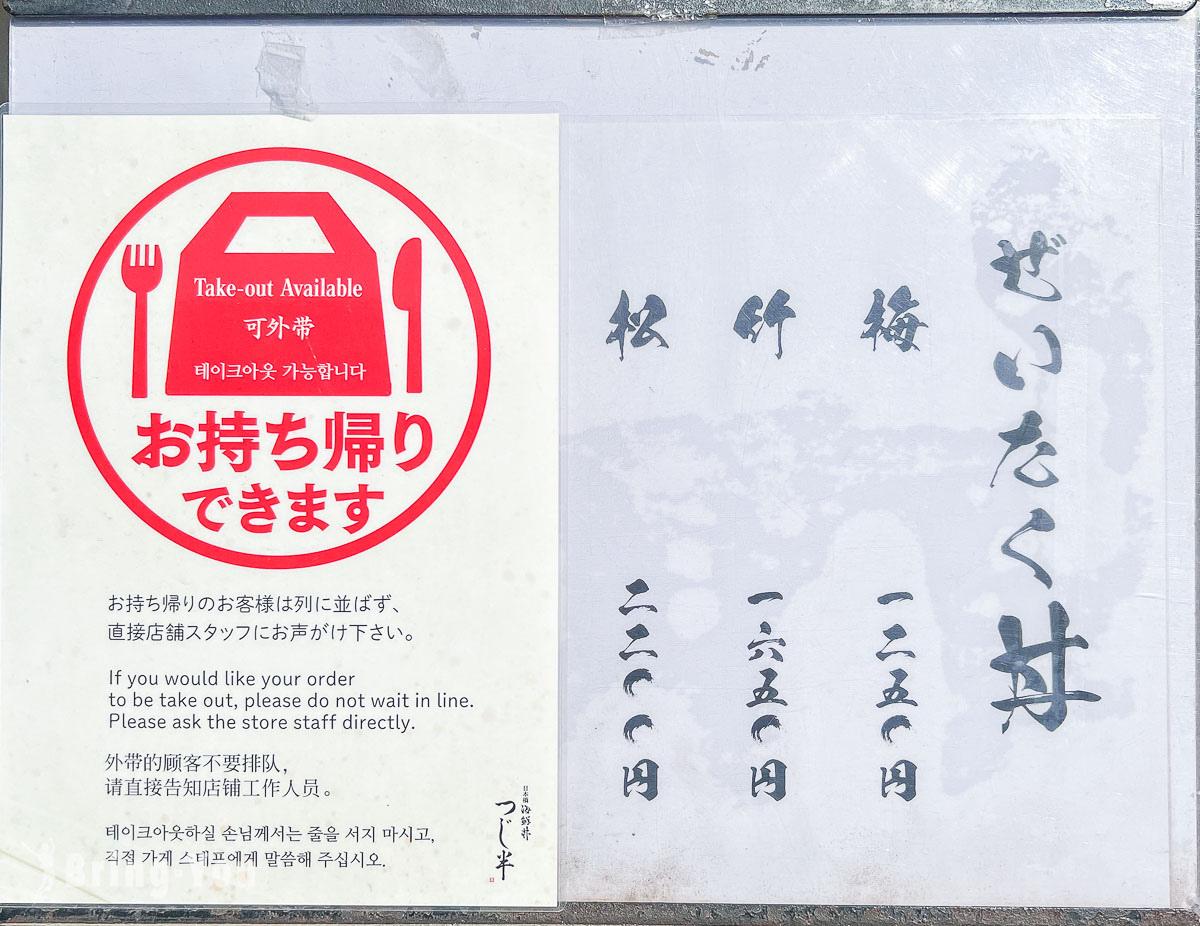
If you don’t want to wait in line, “つじ半” also provides take-out service. You can go into the store and order after business hours.
Tsuji only accepts cash payment!
Dining Environment
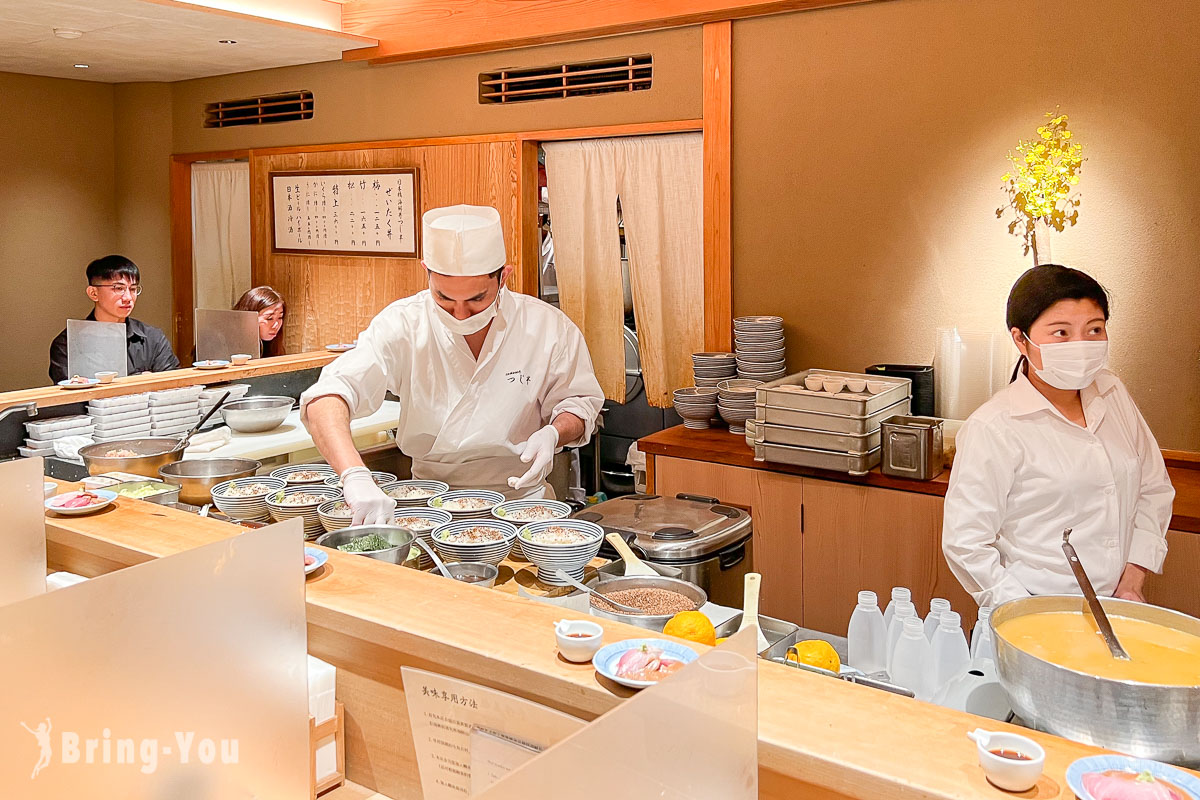
The space of “Tsujihan” is not large, with only 12 seats arranged around the dining bar.
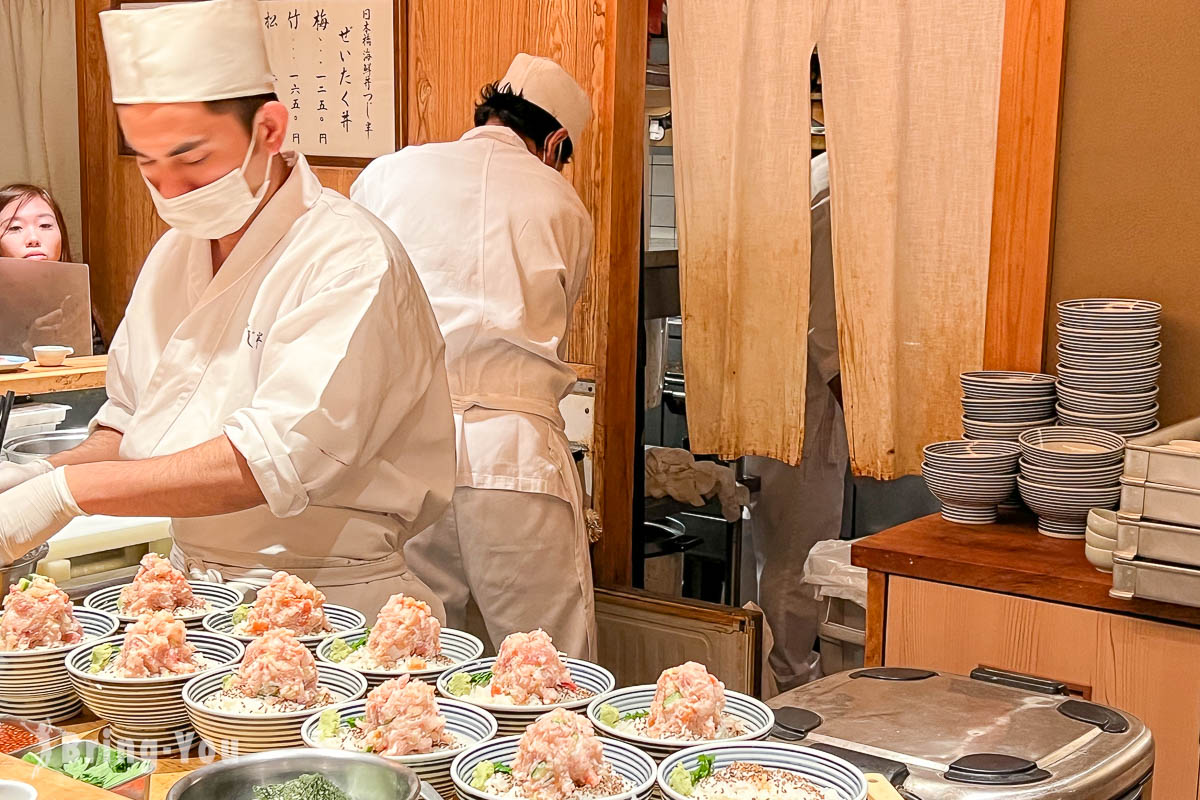
The store is designed by the famous architectural designer “Mitsuro Yasuhara” from Kyoto, and the environment is elegant.
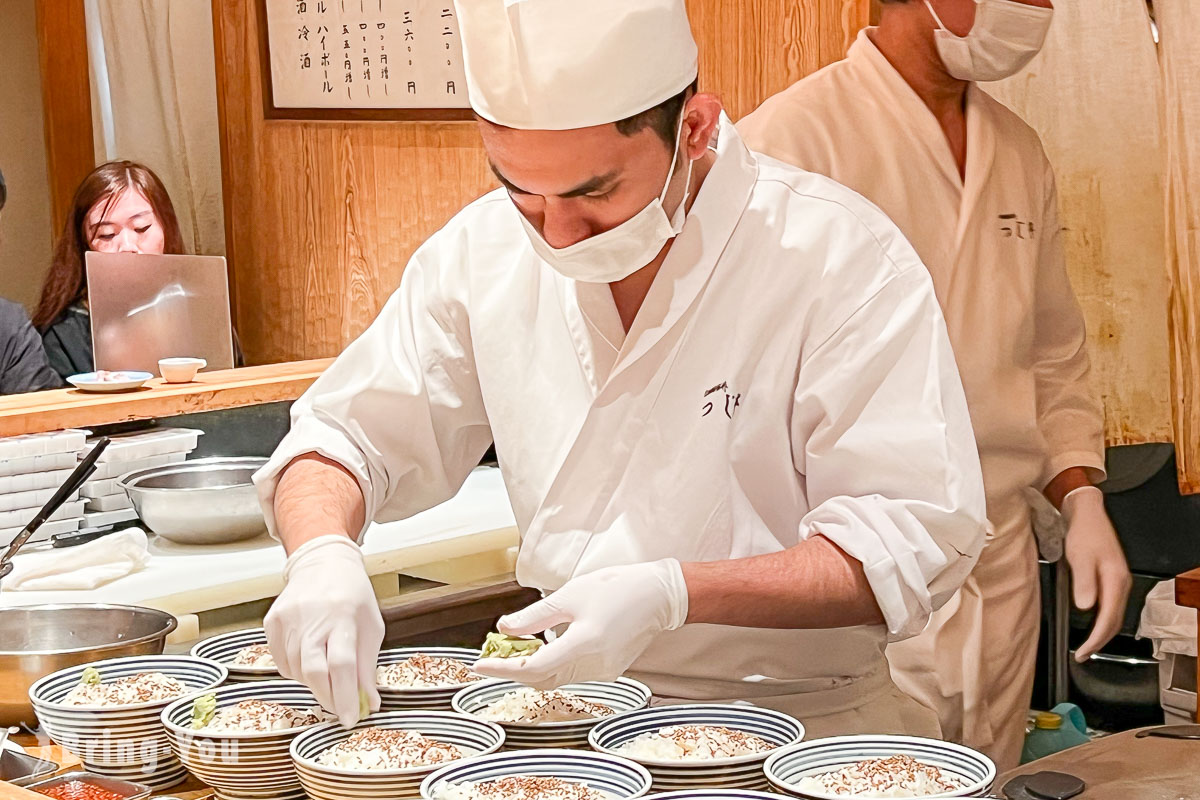
After guests are seated, all seats have a clear view of the chef making the seafood rice bowl.
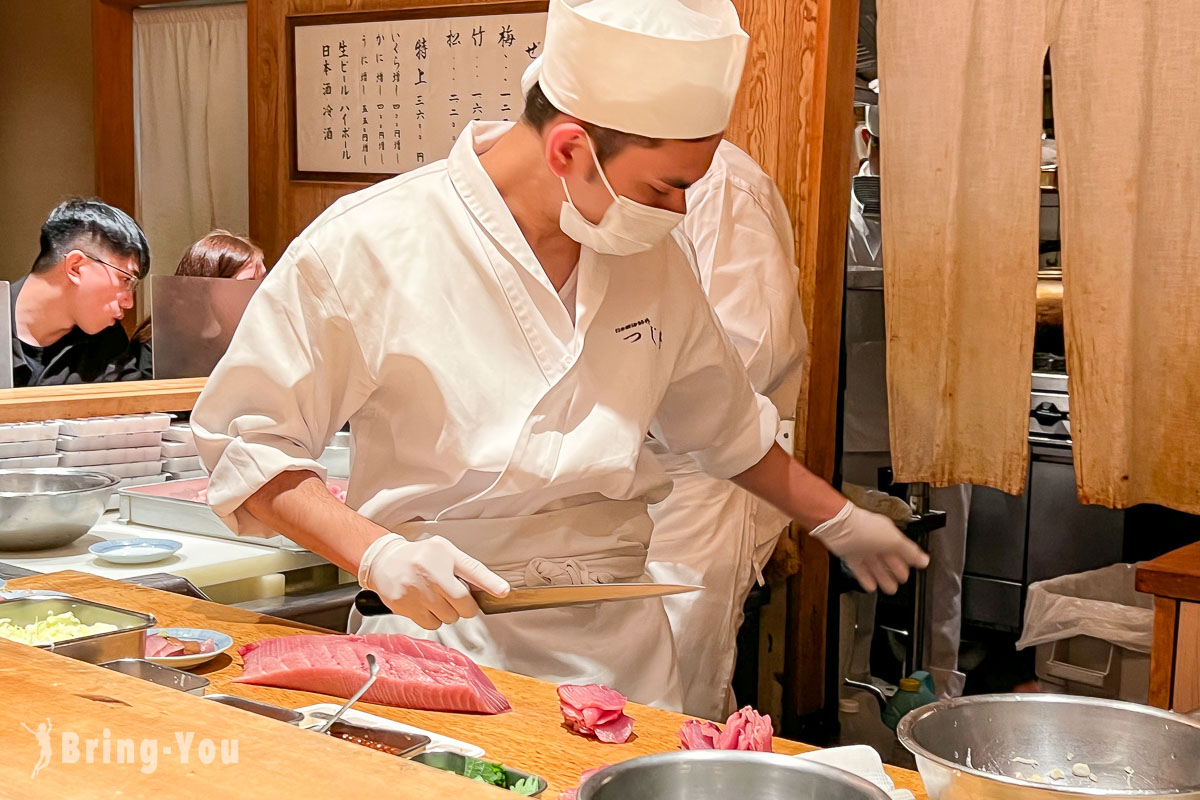
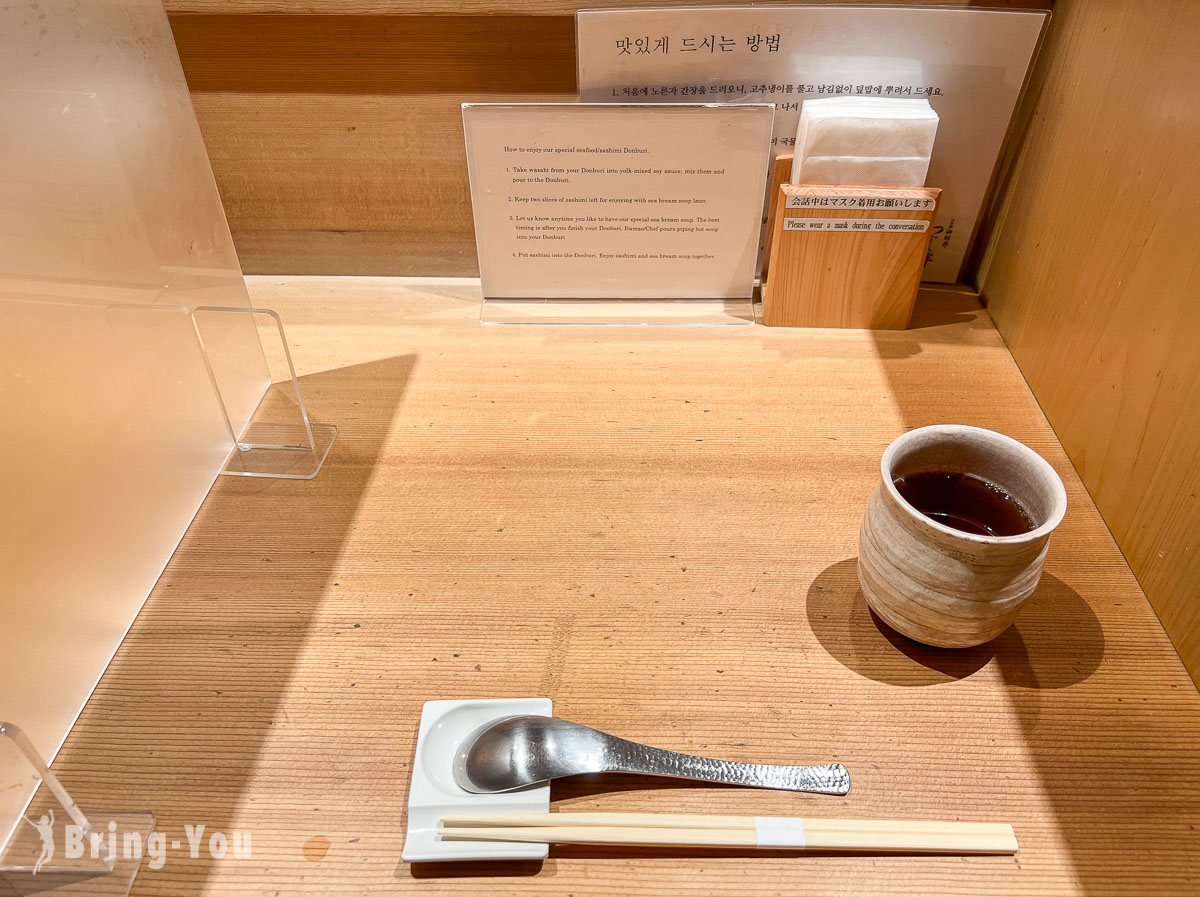
In the post-pandemic era, each seat is equipped with a partition, which makes people feel very at ease during meal times.
How to Eat Seafood Donburi
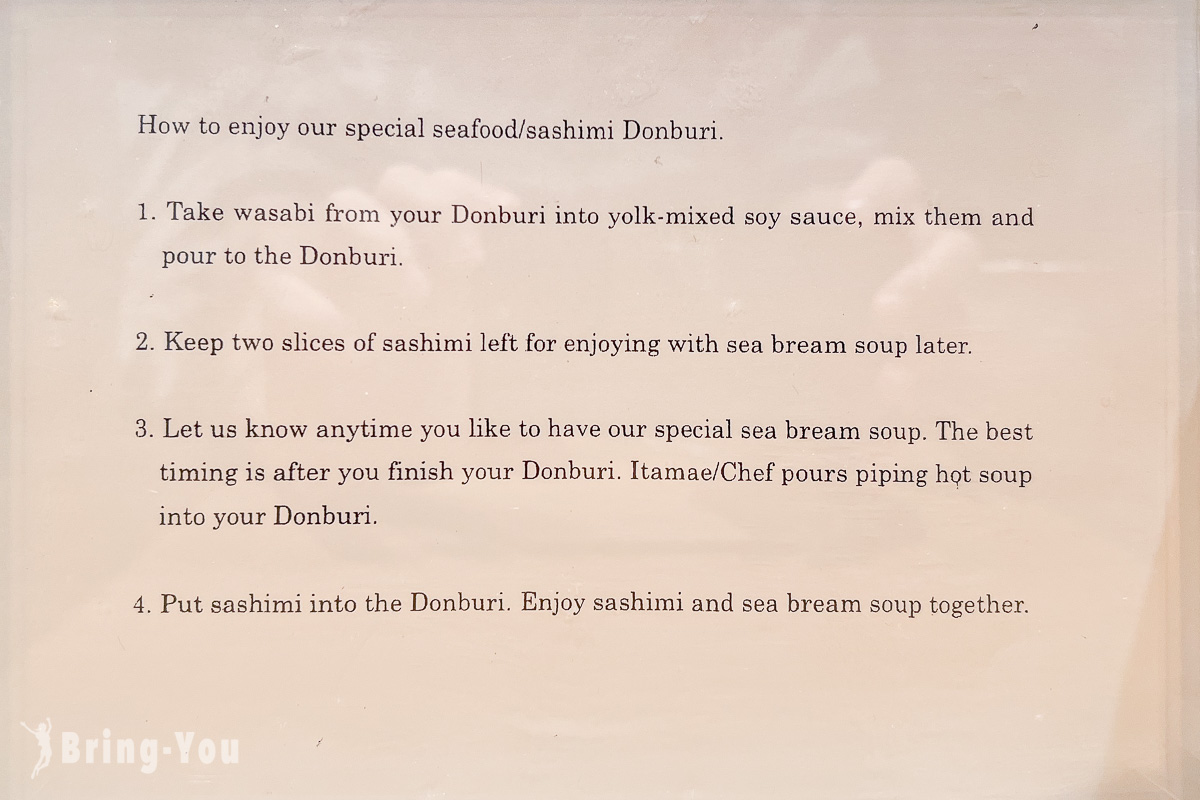
Sashimi
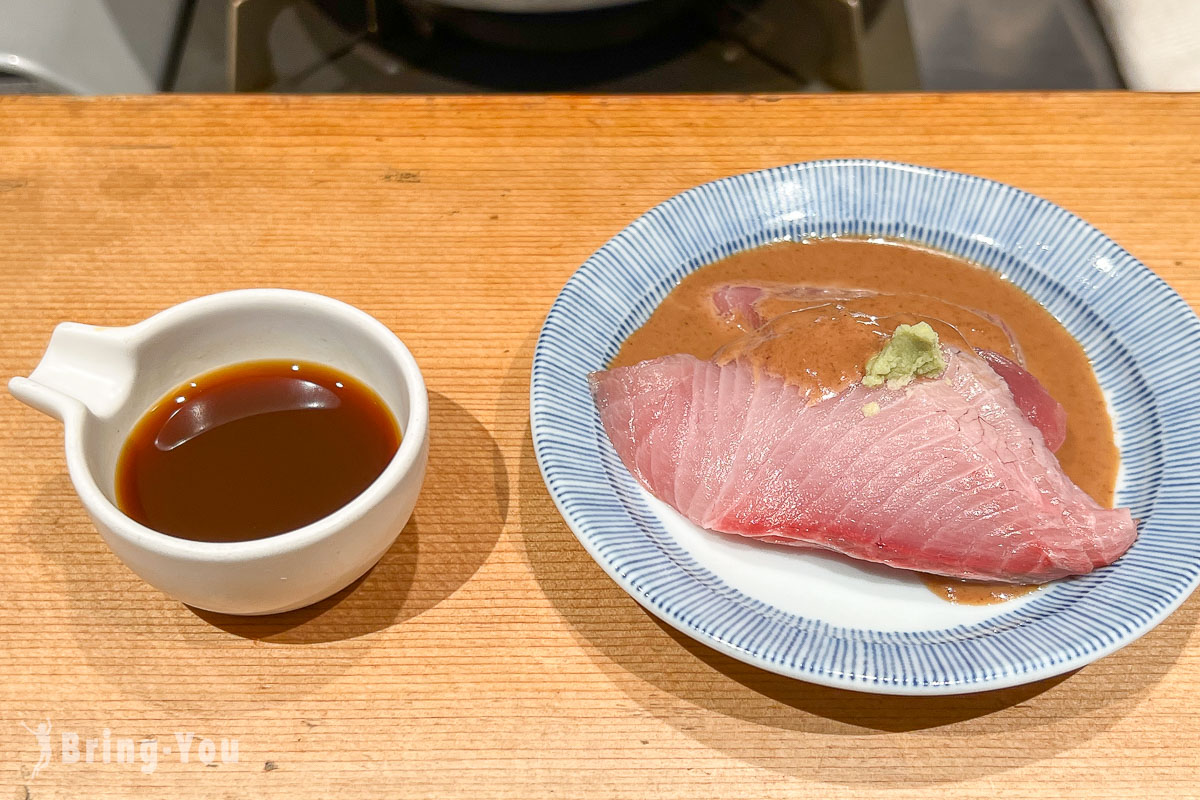
As I took my seat, a plate of sashimi appeared in front of me. Imagine this: fresh slices of fish just begging to be savored. They suggested trying two pieces with sesame sauce to truly relish the flavors. Trust me, it was a burst of deliciousness! I saved the remaining two pieces for later, to enjoy alongside the soup and rice.
Plum Set Meal(Ume)
This option is the ultimate choice to satisfy your hunger, packed with all the finest ingredients. I indulged in salmon roe, tuna, shrimp, clam, squid, herring roe, cucumber, and leek. Each bite was a celebration of freshness and delectability. Don’t forget the perilla leaves. They added that extra zing, enhancing the seafood’s sweetness.
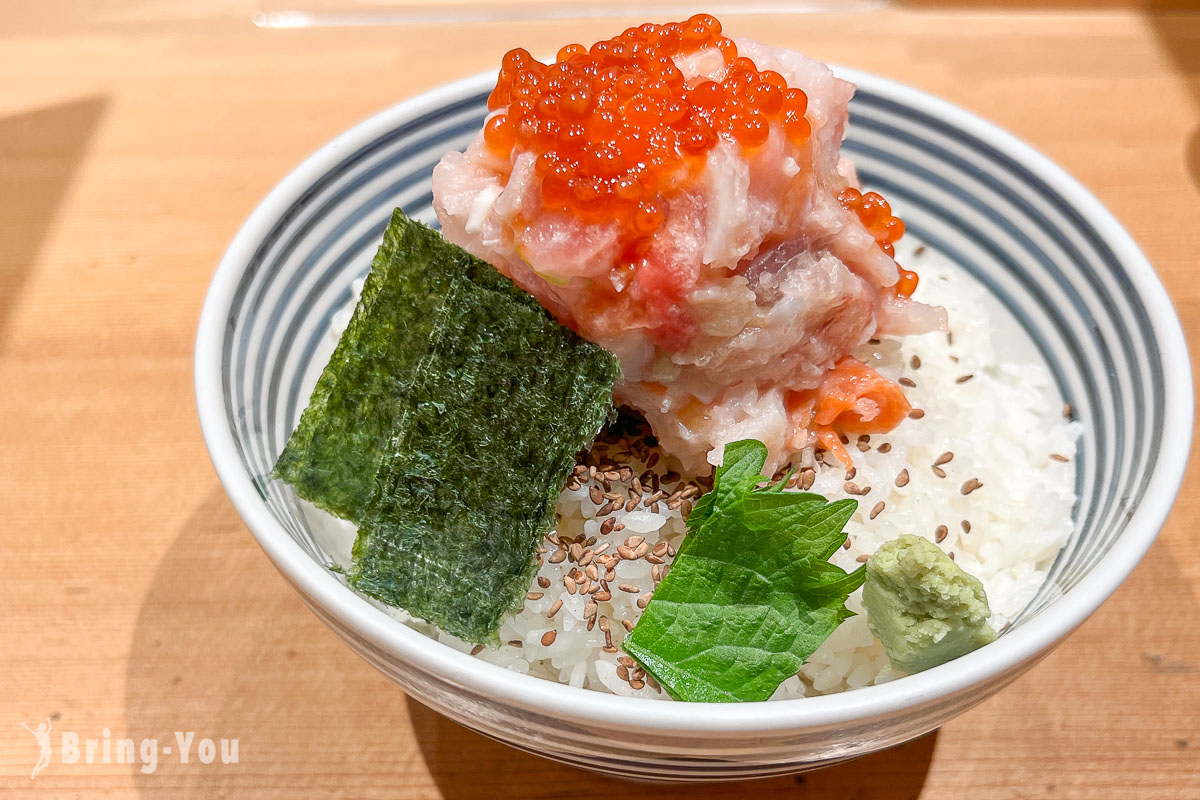
Pine Set Meal
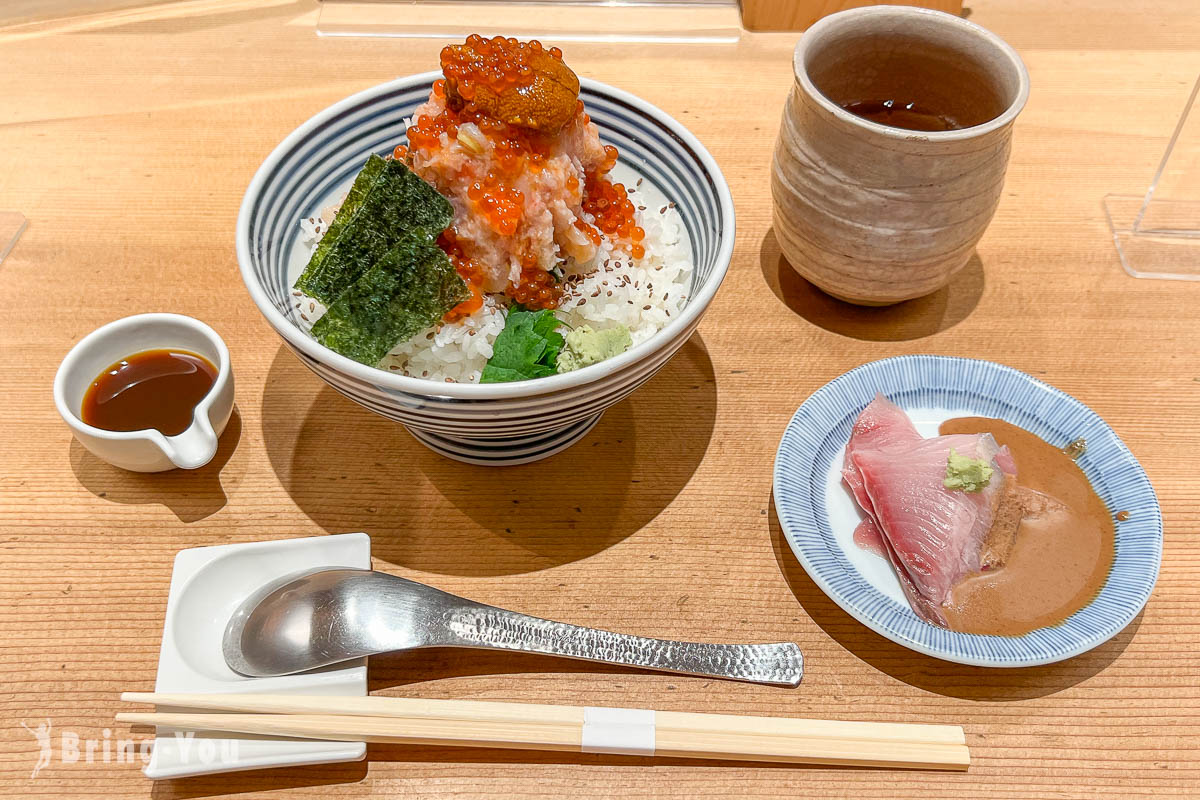
Piao Er’s “Pine Set Meal” is based on the “Plum Set Meal” and adds “increased salmon roe”, “cod crab”, and “sea urchin”.
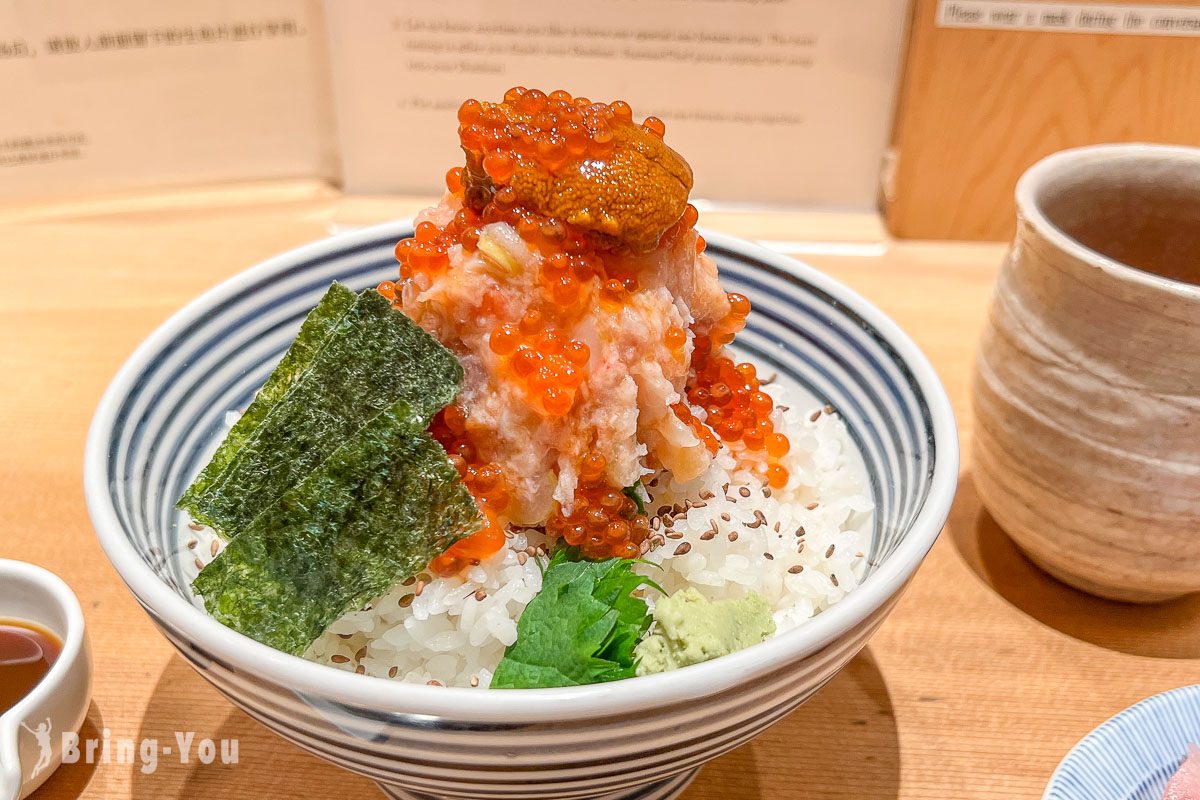
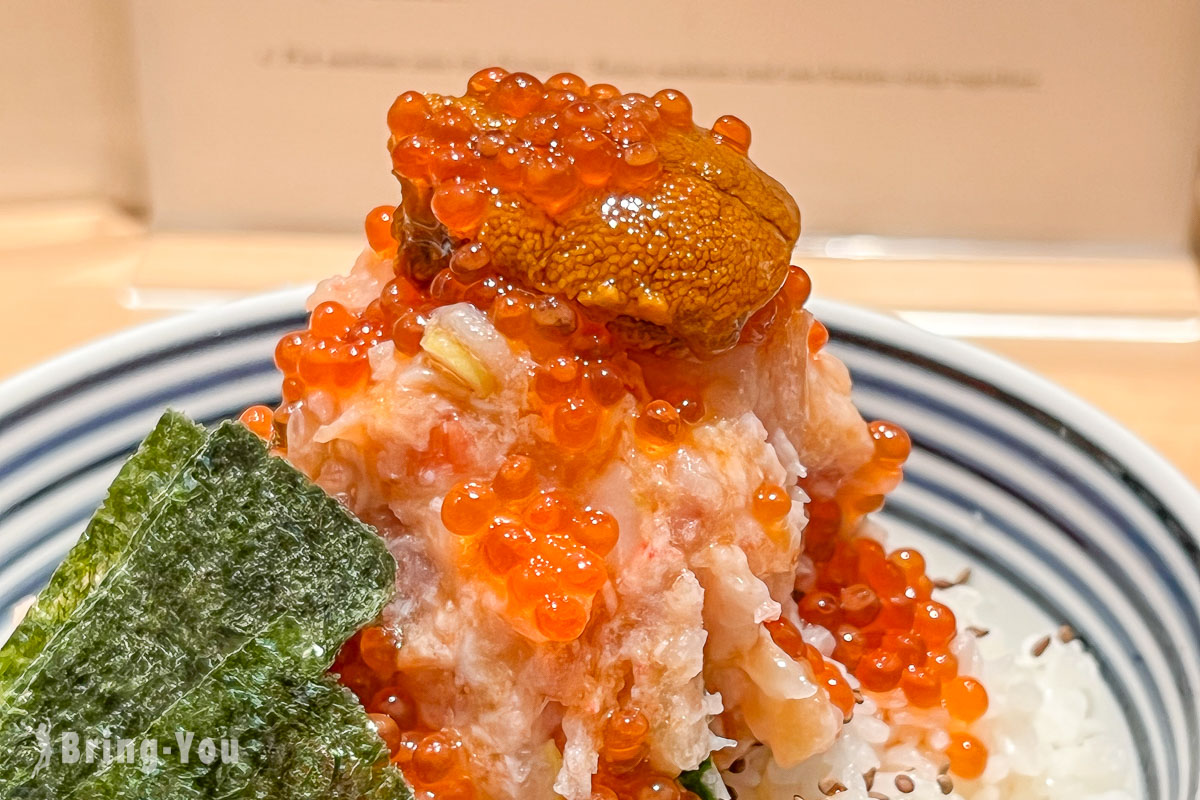
The way to eat is to follow the steps on the table. First, mix the mustard with the special egg yolk soy sauce evenly, then flatten the seafood mountain and pour the mustard soy sauce on top. Use chopsticks to pick it up and eat.
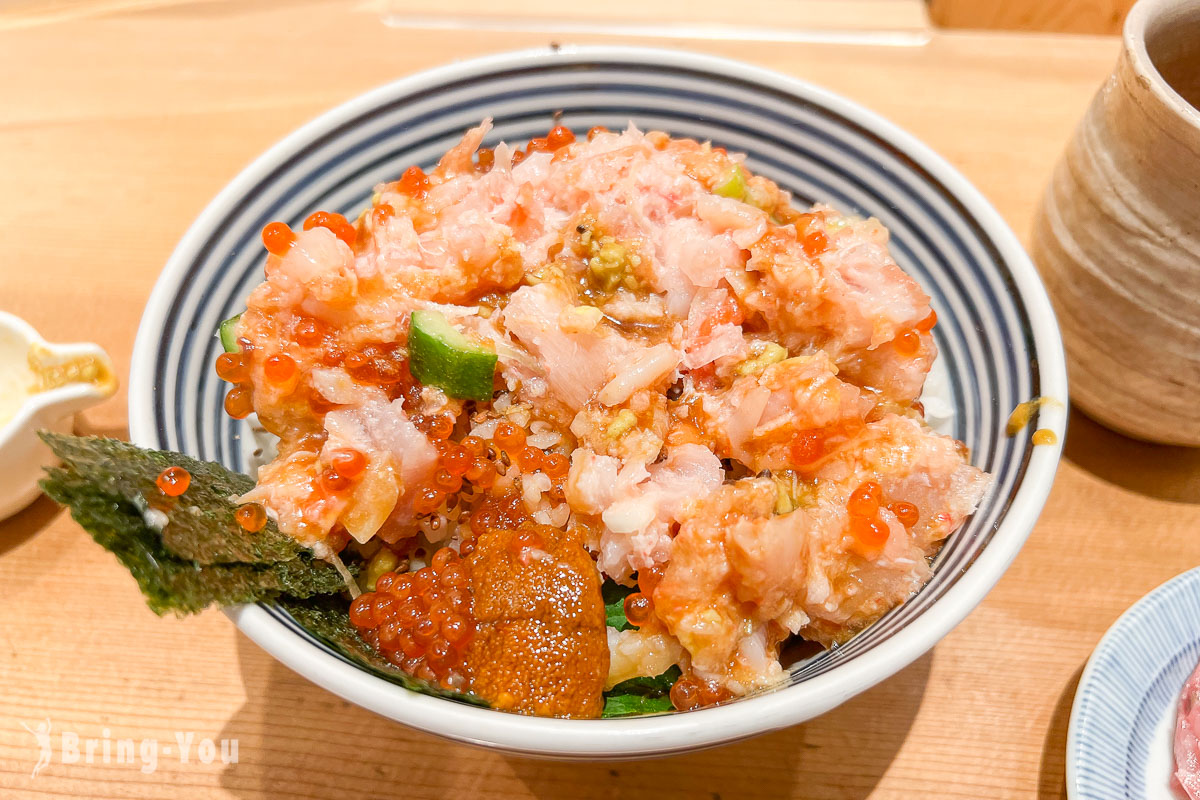
As all the seafood at “Tsujihan” is cut into small pieces and mixed together, each bite has a different texture, and the perilla leaves can enhance the fresh and sweet taste of the seafood.
Chazuke Soup
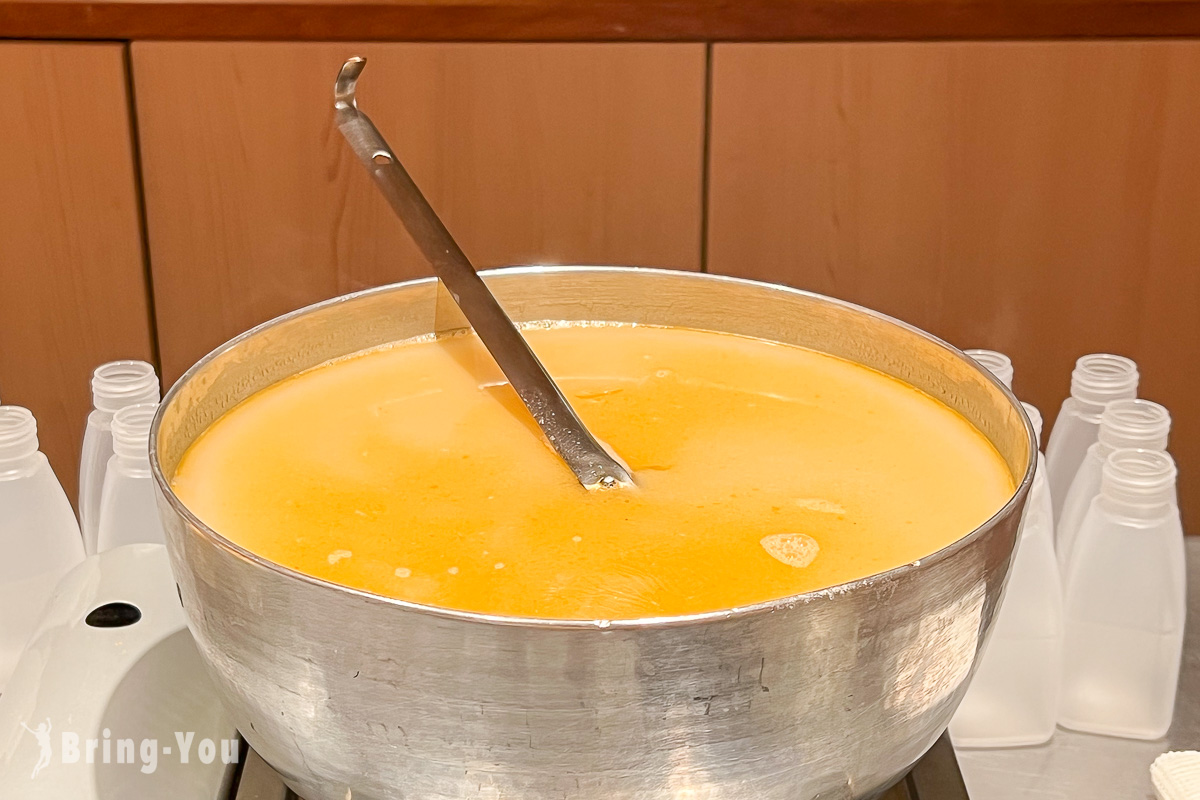
To round off the experience, the chef thoughtfully set aside a small serving of dashi stock for the leftover rice, creating a delightful chazuke. It resembles porridge but with a twist! The combination of flavors, especially when paired with slices of sea bream sashimi soaked in the broth, was truly delightful.
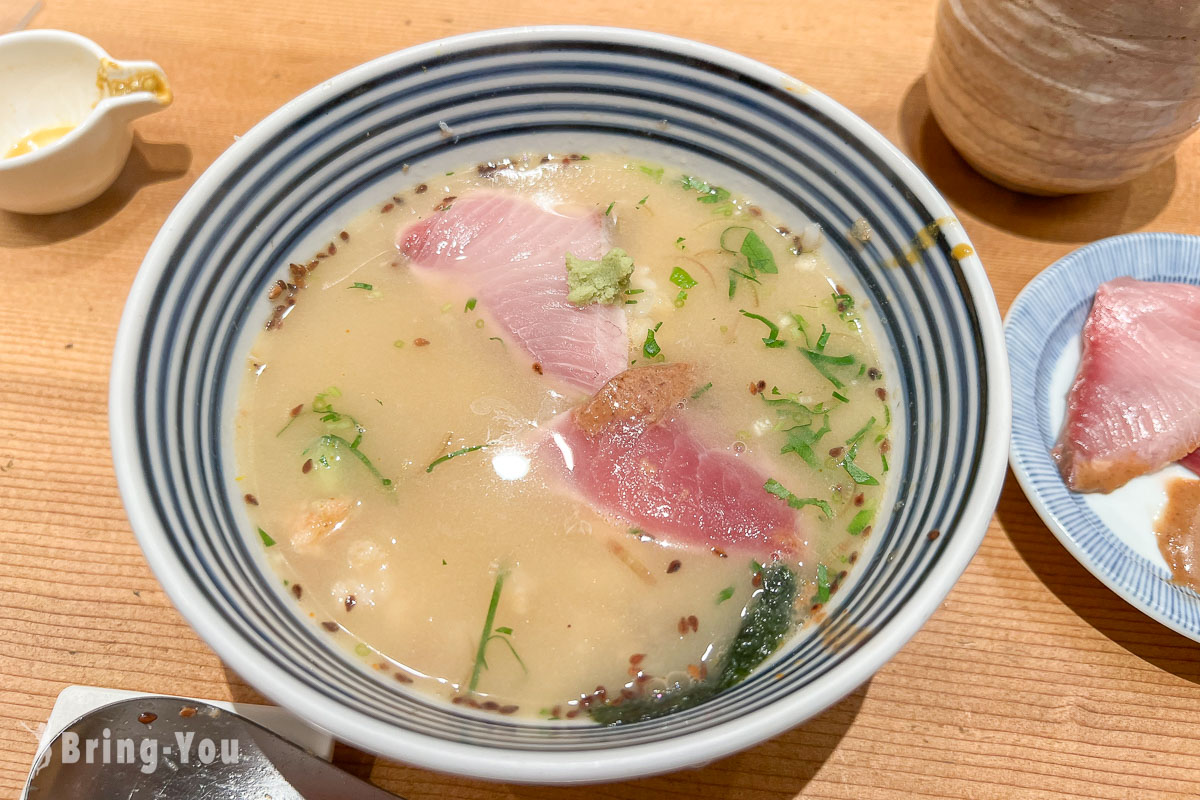
As a fan of Japanese cuisine, especially the tea-infused rice dishes, I prefer the eating style of “tsukemono rice” over raw seafood bowls. It’s refreshing and warm, with fresh and sweet sashimi and delicious broth, and you can also enjoy other textures of seafood!
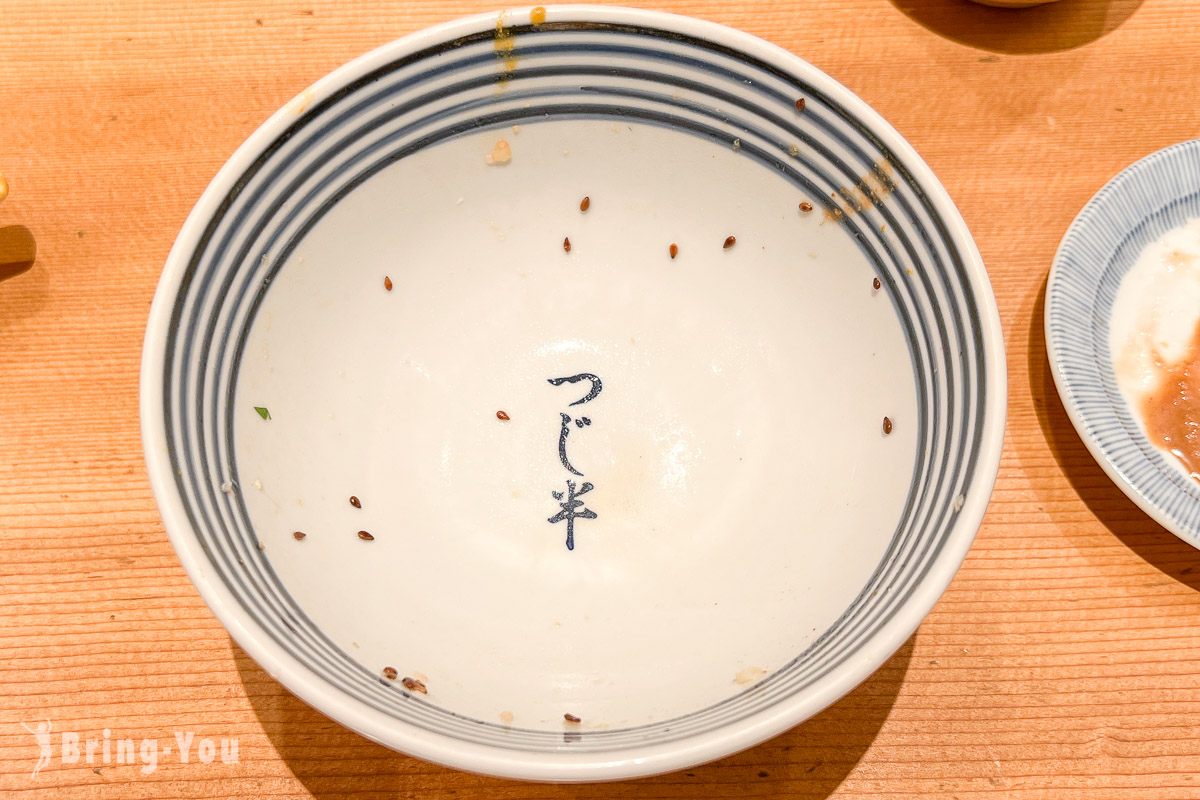
Ultimate Tokyo Food Guide: 20 Best Japanese Foods to Try in Tokyo
